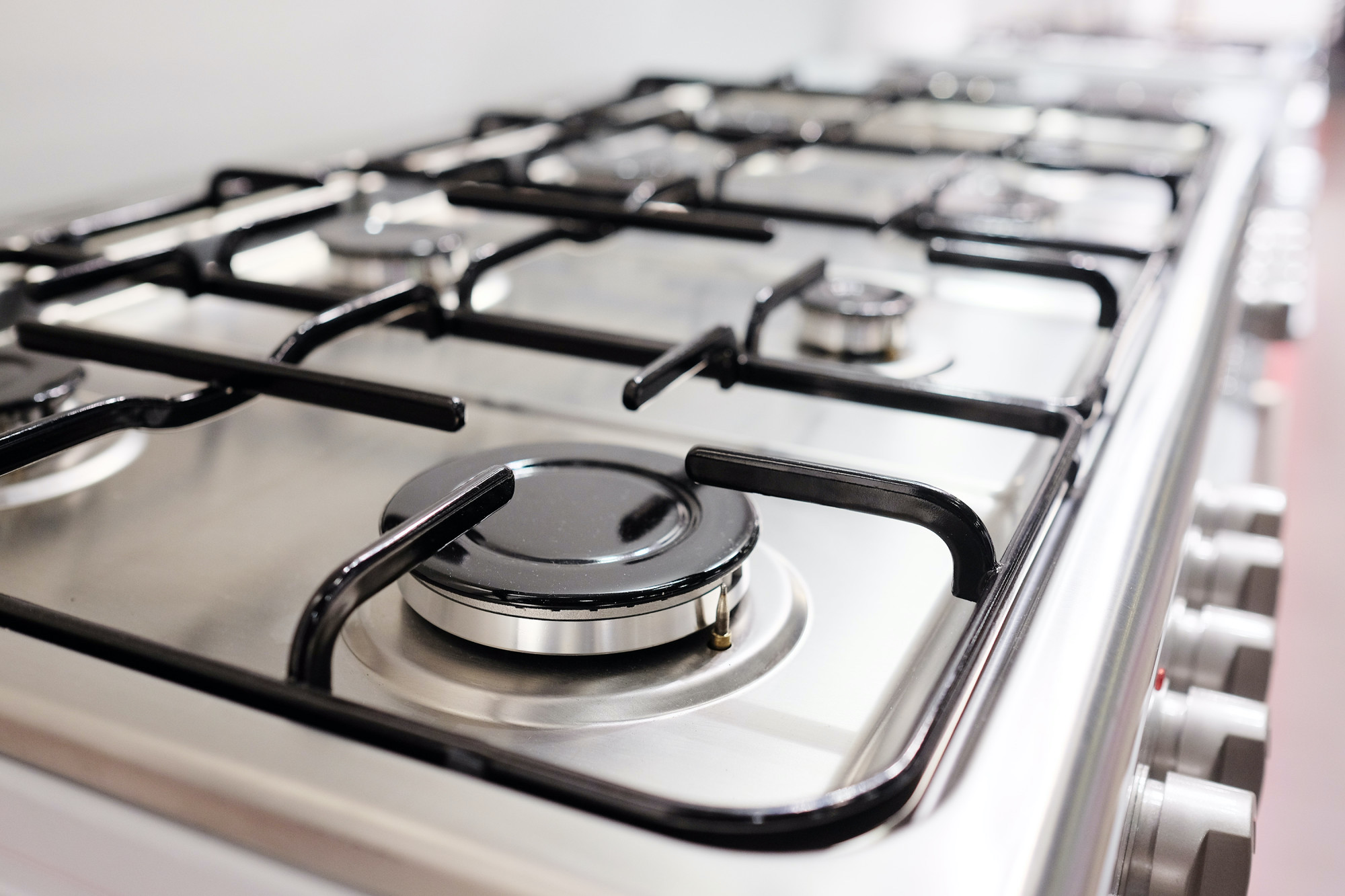According to one study, 8.1% of US homes experience water damage as a result of leaks inside the house.
While any leak in your house can cause alarm, some leaks are more alarming than others. If your home is built on a concrete foundation, and you start noticing wet spots in your basement, you likely have a foundation leak.
But what do you do once you discover this problem exists? Below, we cover what to do if you leak your foundation. Please keep reading for our comprehensive guide.
Identify the Source of the Leak
If you have a foundation leak, the first thing to do is to identify the source of the slab leak. To determine the start of a foundation leak, follow these steps:
Visual Inspection
Start by inspecting both the interior and exterior of your home. Look for signs of water damage, such as stains, dampness, or mold growth. Check for cracks, gaps, or holes in the foundation walls, windows, doors, and utility penetrations. Note any areas where water may be pooling around the foundation.
Water Testing
You can conduct a water test to help locate the source of the leak. Begin by selecting a small area of the foundation to test. Dry the area and apply a generous amount of water using a hose or a bucket.
Observe where the water enters the foundation or seeps through cracks or gaps. This can help narrow down the source of the leak.
Interior Investigation
If you notice water intrusion inside your home, examine the area to determine its origin. Start by checking for plumbing issues, such as pipes or fixtures that could be causing water to seep into the foundation. Look for signs of water near plumbing lines or areas with a high concentration of water supply and drainage pipes.
Exterior Investigation
Move outside and examine the foundation walls. Pay close attention to areas where the foundation meets the ground and around windows, doors, and utility penetrations.
Look for cracks, gaps, or deteriorated sealants that may allow water to enter. Note any areas where the soil is eroded or has poor drainage.
Test the Severity
If you leak your foundation, it is essential to evaluate the severity of the problem. Is the leak a tiny spot on the interior wall, or is water gushing down the side of your house?
The first step is to assess the damage and determine whether it is a minor leak or warrants professional attention. If the leak is small and isolated to a small area, it may be possible to fix the problem yourself with cement or mortar.
If the leak is severe and spreading, it is necessary to call a professional for help. They will be able to check the situation and provide the required solution and foundation repair for the leakage.
Fix Drainage Issues
If you have a foundation leak, it is essential to identify and address the issue as soon as possible. Once the source of the leak is identified, repair and reinforce any weakened or damaged sections of the foundation.
Use appropriate repair methods, such as waterproofing solutions and drainage tools, to remedy the issue effectively. After the leak has been stopped and the surrounding area is dry, proper foundation waterproofing should be applied to prevent future leaks.
Contact a licensed drainage specialist for help if you need help to address the issue.
Seal Cracks
Identifying and sealing cracks in foundation is one of the most critical steps if you have a foundation leak. Use a chisel and hammer to widen hairline gaps to at least 1/4 inch wide.
Apply hydraulic cement to the cracks, pressing it in with a trowel, and let it dry overnight. Caulk can also be applied around the perimeter of windows and doors to seal air leaks. Additionally, it’s important to waterproof the exterior foundation using a sealant that will work for your type of foundation.
Make sure to apply several coats of cement to the foundation, reducing the chances of a leak developing. To maximize the effectiveness of your sealing efforts, brush or roll the glue into the cracks and repair any masonry as needed.
Install a Sump Pump
If the leak is caused by water seepage, you should consider installing a sump pump. A sump pump is designed to collect all the water pooled underneath the foundation and force it away via pipes to a designated drainage area.
Additionally, you should check the grade of the yard. Fixing poor quality can help prevent extra water from entering the home and causing leaks. Once a sump pump is installed, you should regularly check it to ensure it’s working correctly.
It’s essential to check for any corrosion or buildup in the pump, so it can continue pumping water away from your foundation. If your sump pump needs any repairs or upkeep, call a professional service, as it is essential to address any issues right away to keep your home dry and safe.
Seek Professional Assistance
If you have a foundation leak, it is crucial to seek professional help immediately. It can be tempting to try and handle the repairs yourself, but a professional has the tools and knowledge needed to identify the source and the extent of the problem correctly.
Professional help from a plumbing or foundation settlement cracks repair service will also help ensure that any repairs are done correctly and that the problem is addressed. A professional service will likely involve an initial inspection, identification of the issue, and estimates for repair costs. Research local companies and any services they offer to ensure you get the best service and quality for your money.
Start Fixing a Foundation Leak in Your Home Now
A foundation leak can quickly become a significant issue, increasing deeper over time. If you suspect a leak, don’t wait to address the problem; contact a professional for help.
Handling the leak is the surest way to prevent extra damage or costly repairs. Every job is unique, so get a professional to develop the best plan for resolving your foundation problem.
Check out some of our other home improvement, home stuff, and real estate articles for all the necessary information and insights.










